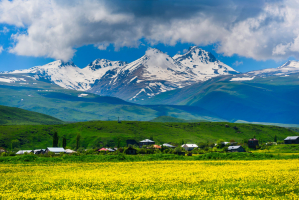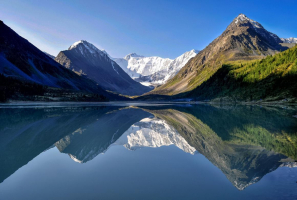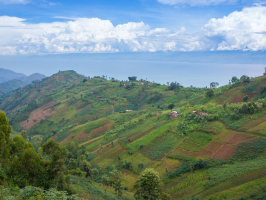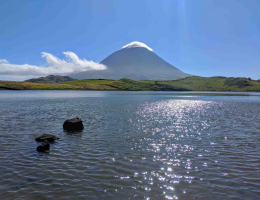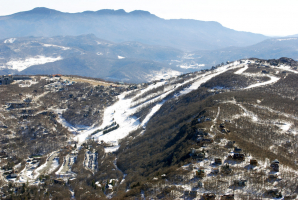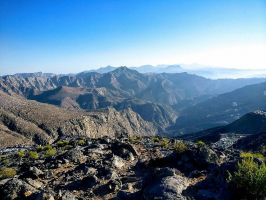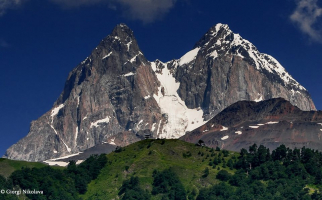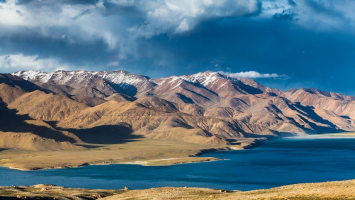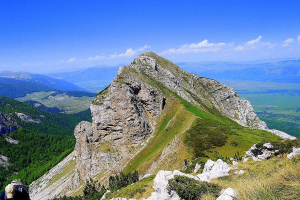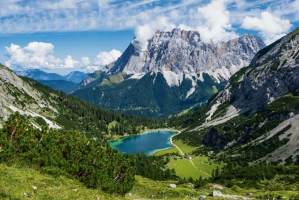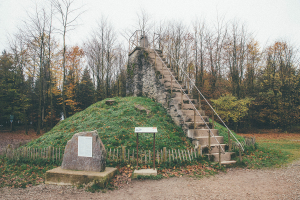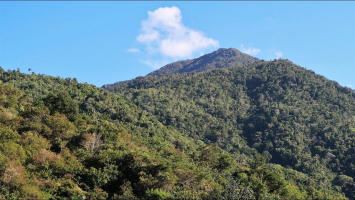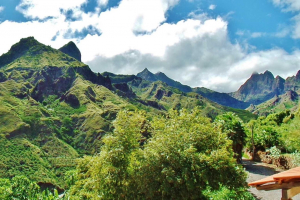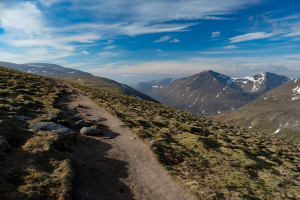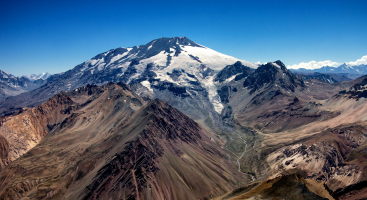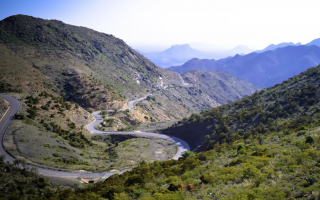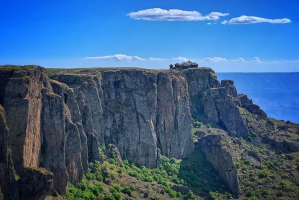Top 5 Highest Mountains in Hungary
The country of Hungary is split into three primary geographical regions: the Great Alfold, Transdanubia, and the North Hungarian Mountains. The majority of ... read more...Hungary is below 200 meters in height, while having numerous reasonably high mountain ranges. These mountain ranges exceed 300 meters or more above sea level and cover fewer than 2% of the nation. The Northern Hungarian Mountains contain some of Hungary's highest mountains which are listed below.
-
Kékes is Hungary's highest peak and the tallest mountain, rising 3,327 feet above sea level. The mountain is located in Haves County's Matre Range. Kékes is Hungary's third most popular tourist destination, with a plethora of hotels and ski slopes. On its peak, Kékes Mountain also houses the Kékesteto TV Tower. Because of its blue appearance, the mountain was given the name "Kékes." Blue is referred to as kek in Hungarian. The mountain is well-known for activities like skiing and road cycling. Kekes may be climbed from Gyongyos, which is the most popular but also the most challenging route. The mountain may also be reached through Parad.
The mountains and woods were protected not to enable humanity "break free," but to become "shrines" of nature, places where people are merely visitors, and guests, and must act responsibly and in keeping with the spirit of the region. It is illegal to harvest plants, animals, natural formations, or rocks; they have true worth only in this region, thus "exporting" them makes no sense. Hikers have limited access to the strictly protected regions; only the marked paths can be utilized.
Height: 3327 feet
Location: Haves County's Matre Range, Hungary
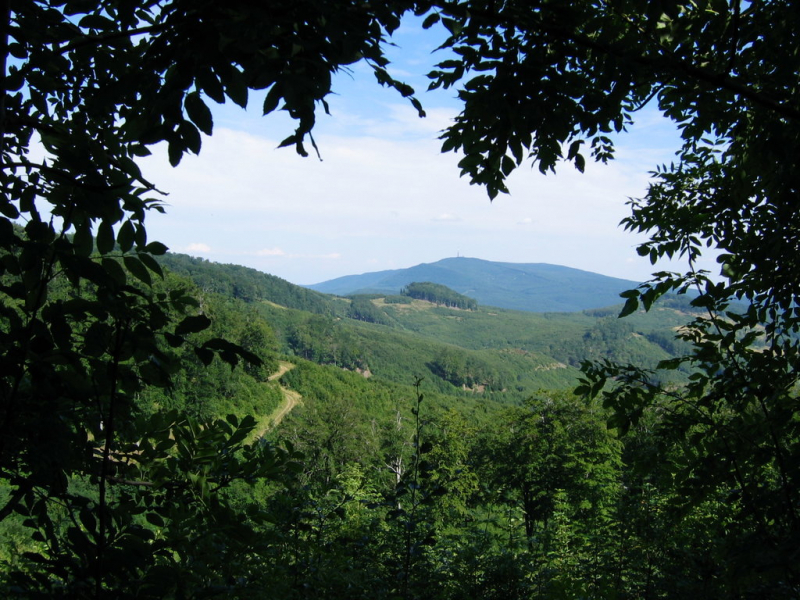
peakvisor.com 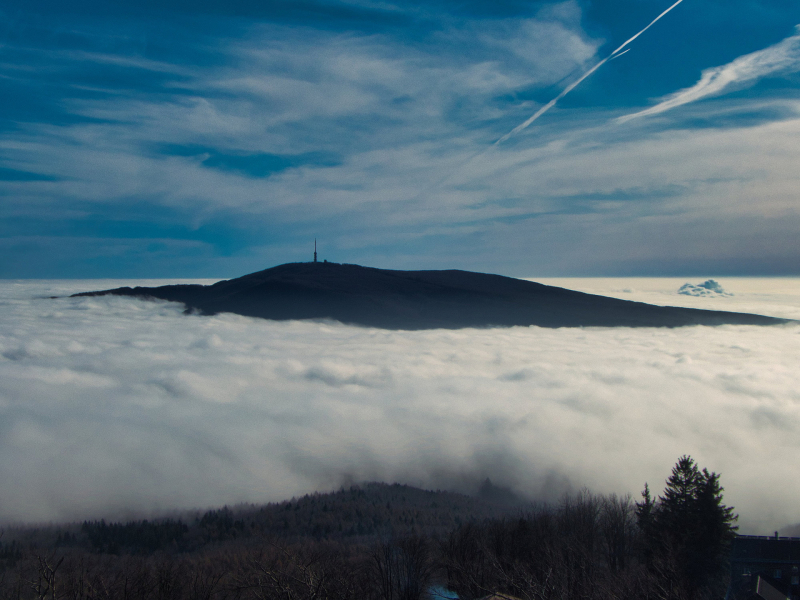
peakvisor.com -
Hidas-berc, at 3,185 feet above sea level, is the second-highest peak in Haves and the second highest mountain in Hungary. The mountain is located in Hungary, near Parad, Heves. Hidas-berc is a volcanic peak with steep, rough slopes. It is a popular tourist destination in Hungary for trekking and mountaineering. Because of its distinctiveness, this mountain attracts the majority of travelers that visit Kekes. Hidas-berc Mountain's peak has seasonal snow cover, notably during the winter. It provides water to various streams and seasonal rivers.
Geographically, it belongs to Cao Mátra; botanically, it belongs to the montane oak belt; and its distinctive botanical association is the mountain oak. Potentilla micrantha, Waldsteinia geodes, Sambucus racemosa, and Solidago virga -aurea are among its flora. Dry shield (Dryopteris carthusiana), wild crow's claw (Phyteuma spicatum), and poison wolf's hat flower (Aconitum vulparia) are among Hungary's protected plant species, as is the wolf lion (Daphne mezereum). The common goldenrod and the protected alpine rose (Rosa dictulina) may also be found on Pezs Rock. Scrophularia umbrosa is the flora of the spring marsh southwest of Pezs Rock. The protected common oak fern (Gymnocarpium dryopteris) emerged beside Pezs' well.
Height: 3185 feet
Location: Parad, Heves, Hungary
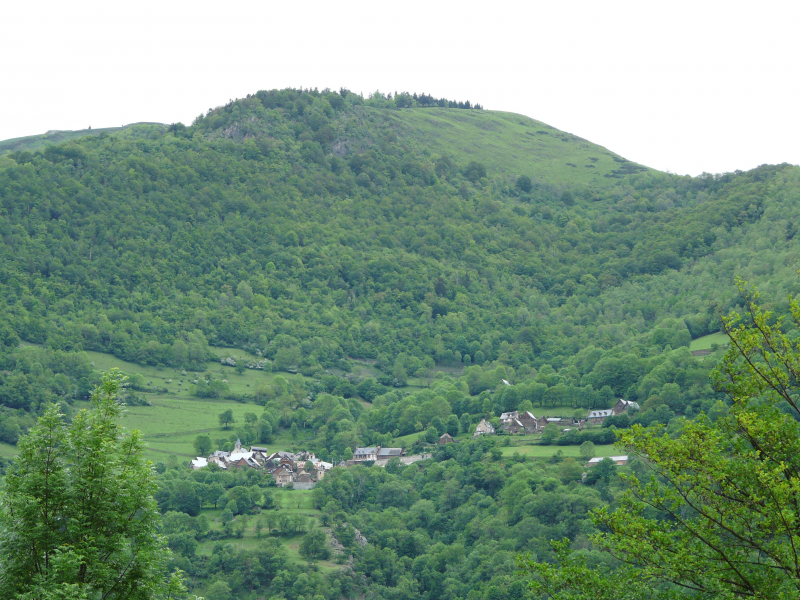
viator.com 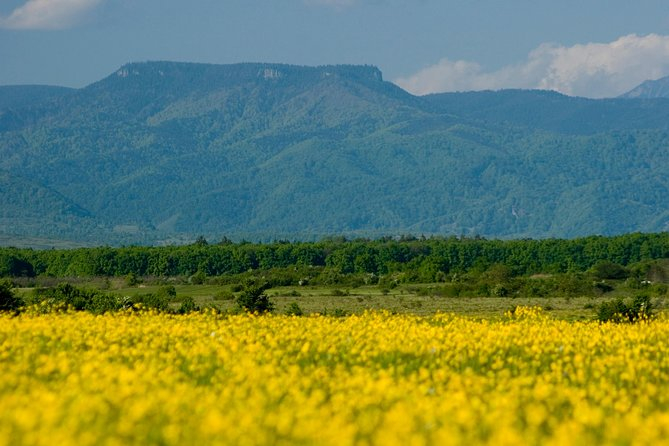
viator.com -
At 3,163 feet above sea level, Galya-tet is Hungary's third tallest peak and part of the Matra Mountain Range. The mountain is a popular tourist destination in Hungary, with thousands of visitors climbing it each year. The land around Galya-tet is managed and conserved by Haves County, which is also responsible for the mountain's management and protection. The income generated by visitors visiting this mountain is directed to the government via the Haves County Administration. With 45 regular residents, Galya-tet is an ideal holiday town. Hotel accommodations near the mountain are also ideal for visitors to the region. Climbers and mountaineers flock to Galya-tet Mountain.
Mountain ranges are breathtaking, with snow-capped peaks typically visible against the backdrop. The views from a mountain's summit (peak) are stunning. Because the landscape is often rocky, not much grows on mountains, although the air is often clean. The valleys, on the other hand, are more fruitful. Farmers typically build terraces where the mountains are steep, creating a succession of flat fields linked by stairs so that they may produce food even on slopes and hills.
Height: 3163 feet
Location: Mátraszentimre, Heves county, Hungary
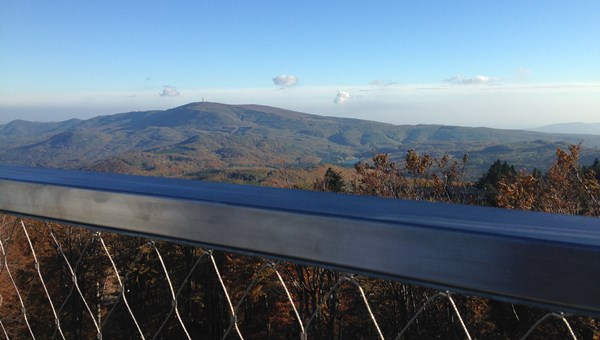
mozgasvilag.hu 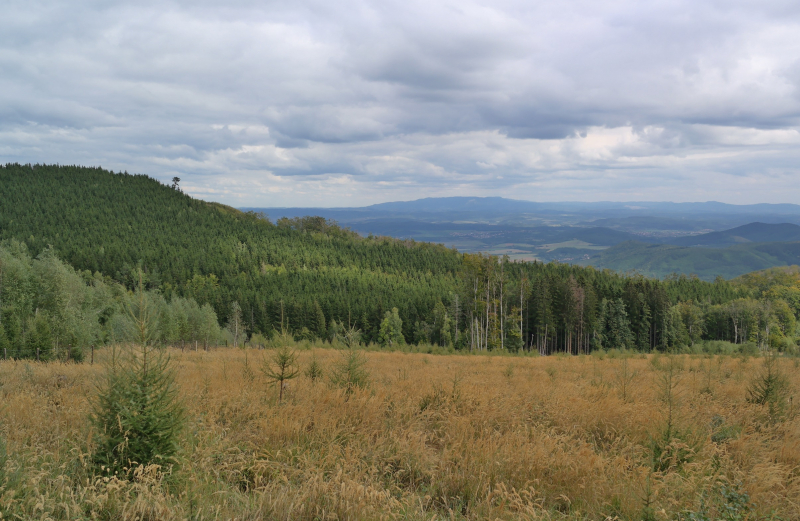
mozgasvilag.hu -
Istállós-kő is one of the famous mountains of Hungary. At 958,1 meters (3,143 ft) above sea level, it is the second-highest peak of the Bükk Mountains and the fourth-highest of all mountains in Hungary. Prior to 2014, Istállós-kő ranked first in the region in terms of altitude, but according to recent surveys, that position belongs to the summit of Szilvási-kő with an elevation of 960,715 meters (3,151,952 ft). By crossing a road a few hundred meters long from the town of Szilvásvárad we can easily find a small cave located inside the mountain range.
In 1911, Pál Roskó was the first to uncover the Istállós-k cave. The cave, which has a lengthy history of 30,000-40,000 years, has become a famous archaeological site with incredibly stunning ruins. The bones and tusks of cave bears and bison Bison latifrons, stone tools, and bones, particularly a Stone Age fireplace currently on exhibit in the Hungarian National Museum, are among the riches.
Height: 3143 feet
Location: Mátra, Western Carpathians, Hungary
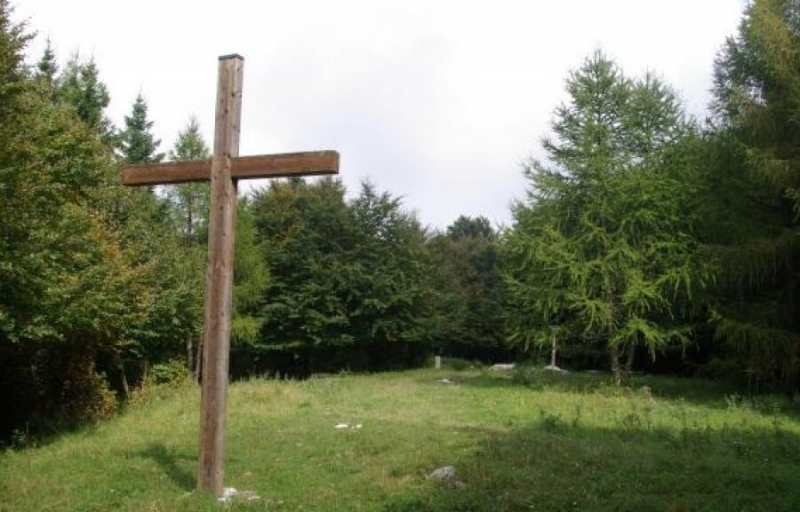
szilvasvarad.hu 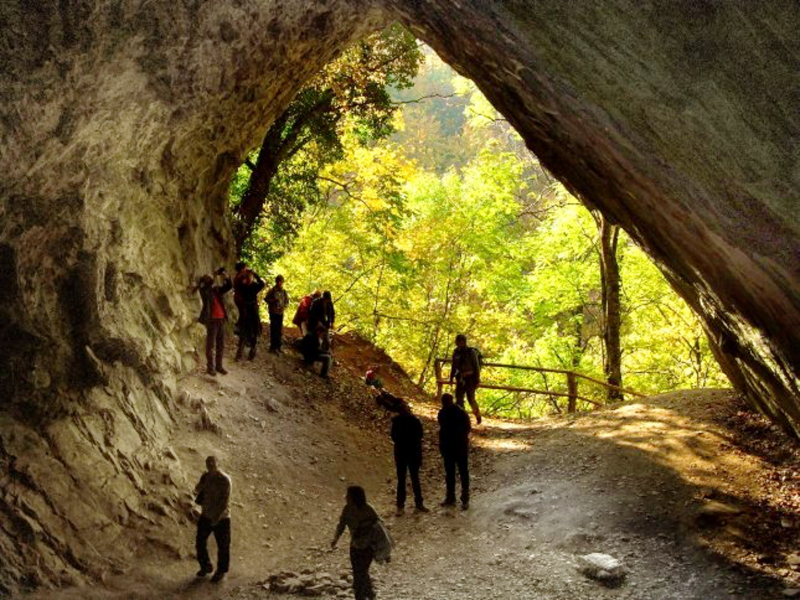
szilvasvarad.hu -
Csóványos is located on the boundary of Pest and Nograd Counties and is the highest point in both counties, standing at 3,077 feet above sea level. The mountain is composed of ancient volcanoes that developed more than 19 million years ago. Csóványos and its adjacent mountains emerged during the eruption, while the lakes sank, forming Altar Valley Stream. The mountain is distinguished by dense forest cover atop spectacular granite formations. Csóványos features a number of hiking paths that go to the peak. At the mountain's summit, a 23-meter-tall geodetic tower was built. The High Tatra may be seen from the peak of Csóványos in clear weather. The railways that connect the mountain to the Coal Creek Valley provide access to Csóványos.
The mountain is located in the Ipoly River basin, which is a cross-border river between Slovakia and Hungary, with the middle and lower basins on Hungarian territory. The basin of the Hungarian territory covers an area of 1,521 square kilometers surrounded by the hills of Nograd County, the Cserhat Mountains, and the Borzsony Mountains. The summit of Csóványos is part of the Börzsöny mountain range, located in the Danube-Ipoly National Park in the north of Hungary; It is one of the ten most famous national parks of Hungary, established with the aim of protecting forested hills as well as riparian and lowland habitats.
Height: 3077 feet
Location: the border of Pest and Nograd Counties
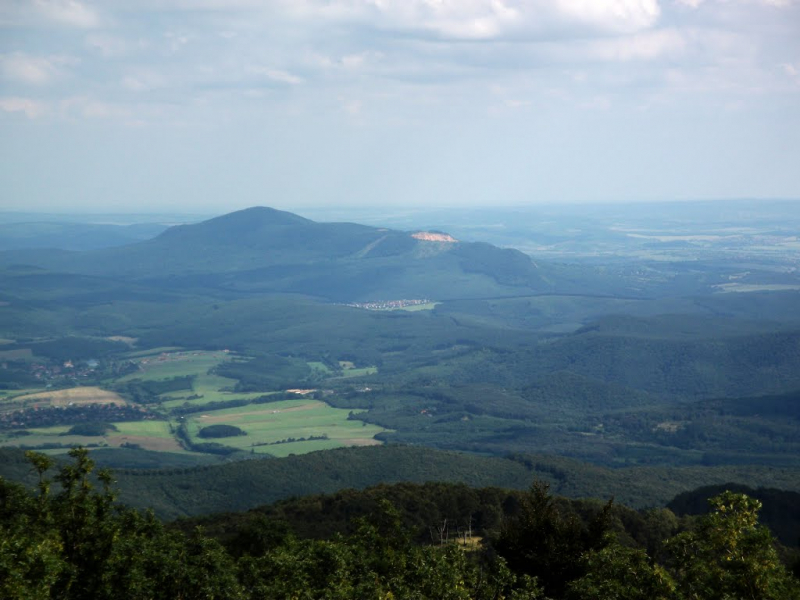
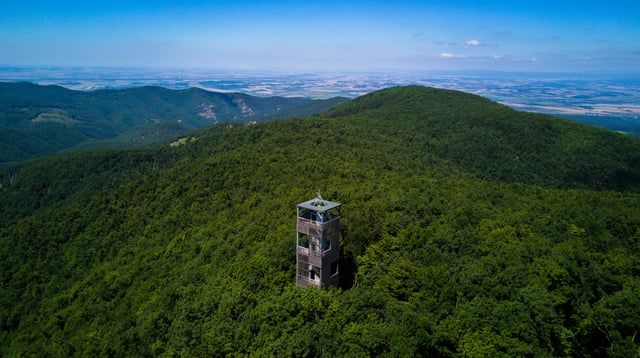
utazasok.org







